A2D Project Launches Pioneering Disability-Inclusive DRR Project in the Municipality of Tabogon,Cebu
A2D Project-Research Group for Alternatives to Development, Inc., in partnership with Arbeiter-Samariter-Bund (ASB) and Aktion Deutschland Hilft (ADH) formally launched a disability-inclusive disaster risk reduction (DiDRR) initiative in barangays Libjo and Somosa in Tabogon, Cebu Province on 1 June 2015. The project is called “Post-Haiyan: Enhancing Resilience Through Disability Inclusive Community-based Disaster Risk Management in Tabogon, Cebu, Philippines”.
The overall aim of the project is to promote a disability-inclusive community-based disaster risk management (Di-CBDRM) using the Purok System. The Purok System has received an international recognition for being an effective model in building resilient communities. The project seeks to achieve the following outcomes: (1) establishedPurok System in partner communities; (2) improved capacities of communities in enhancing local disaster preparedness and prevention efforts; (3) increased participation of at-risk groups in local governance structures and processes to facilitate inclusion and accessibility and; (4) shared lessons learned on good DiDRR practices in the Philippines.
According to German watch’s Global Climate Risk Index 2015, the Philippines ranks 5th in the list of countries most affected by extreme weather events during the year 2013.[1] The stories from the communities that have experienced the effects of super typhoonHaiyan (local name “Yolanda”) are testimonies to this event. While the impact of Haiyan has affected millions of lives and properties, its effects are even greater for at-risks groups including persons living with disabilities.
In the 2013 Disability Report Survey of the United Nations Office for Disaster Risk Reduction (UNISDR), “85.57% of the respondents from 137 countries state that they have not participated in community disaster management and risk reduction processes currently in place in their communities. In effect, they have been excluded from the decision making and planning of such processes.” In the same study, 72.20% of the persons with disabilities do not have a personal preparedness plan in the event of a disaster. But another key finding states that, “If given sufficient time, the percentage of those who can evacuate with no difficulty rises from 20.65 to 38.22%…”[2]
It is in this context that A2D Project seeks to contribute to improving DRRM in communities by rendering the entire DRR process to be disability-inclusive. According to Aloysius Cañete, the Executive Director of A2D Project, “This project, being the first of its kind, is going to be a challenge for us. But we shall draw lessons from this experience with what the pilot communities would be able to achieve using the Purok System – one that has been tested and proven effective in similar high-risk communities”.
This project is funded by ASB through its Philippine Community Resilience Programme. This programme aims to strengthen the resilience of communities affected by typhoon Haiyan through inclusive community-based community programming. ASB is a German relief and social-welfare organisation engaged in a wide range of social service provision in Germany and abroad. Since its foundation in 1888, ASB has represented continuity and reliability founded on non-political, non-religious and non-sectarian principles. Through an integrated approach ASB provides effective worldwide assistance and supports the establishment of locally developed solutions.
ASB’s funding partner is Germany’s Relief Coalition, Aktion Deutschland Hilft (ADH), a federation of German relief organisations that provide rapid and effective aid in the case of major catastrophes and emergency situations.
[2] UNISDR (2014). Living with disability and disasters: UNISDR 2013 Survey on Living with Disabilities and Disasters-Key Findings.




